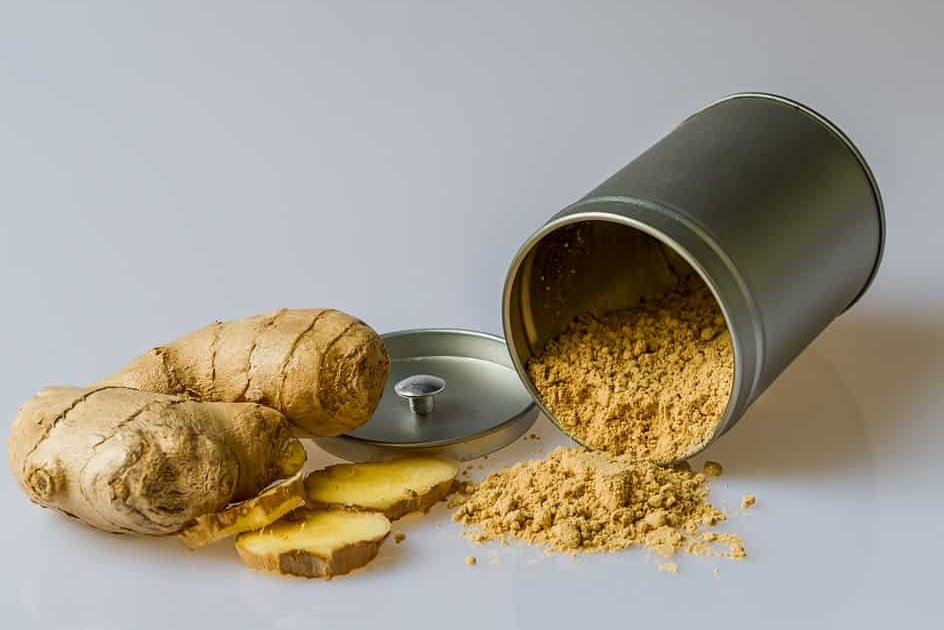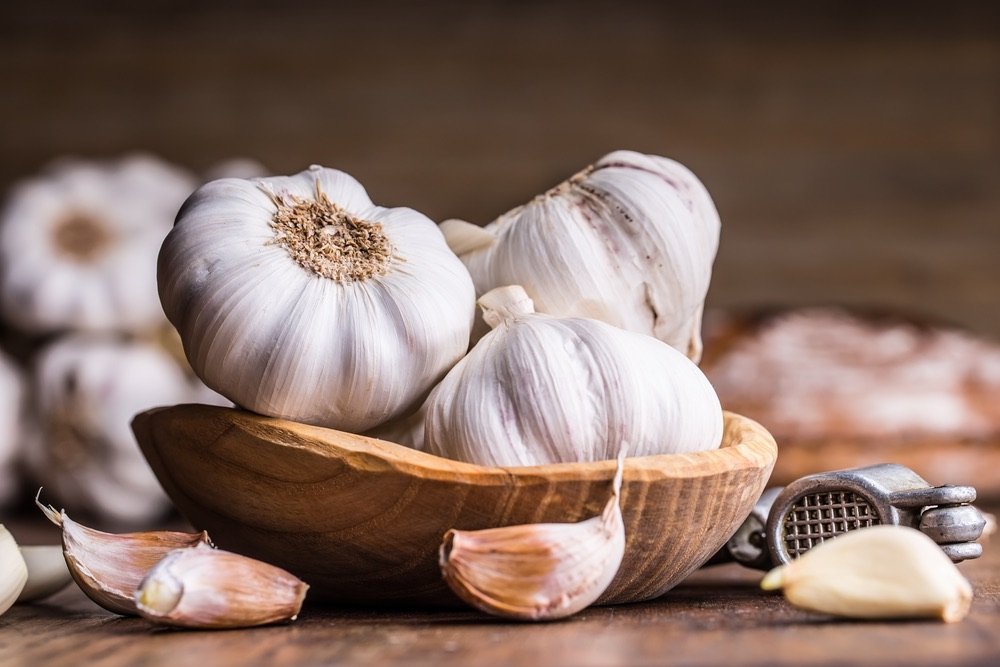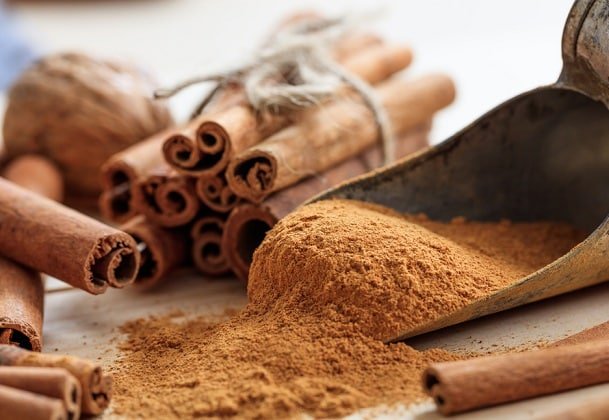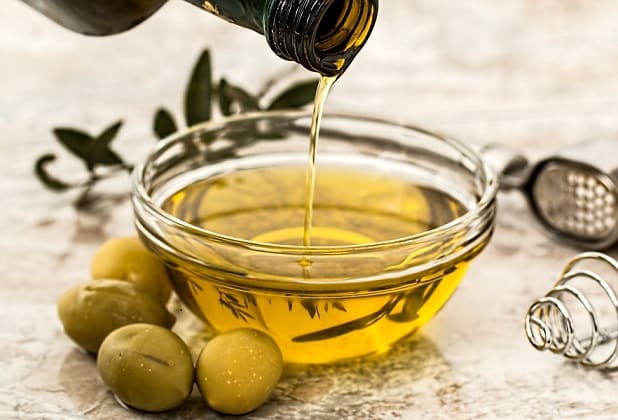What to eat to avoid blood clots?
Up to 80% of strokes are caused by blood clots. Adding beneficial foods will help you limit this phenomenon.
Thrombosis (blood clot) is the process of gathering blood to torn blood vessels and stopping bleeding, when a person bleeds, the process of clotting is activated. Blood clots are the leading cause of stroke. A blood clot that forms in a blood vessel will block blood flow, causing brain ischemia.
To limit this phenomenon, you should add the following foods to your diet:
1. Turmeric

According to the USDA National Nutrient Database (USA), one tablespoon of turmeric powder contains 29 calories; 0.9g protein; 0.3g fat; 6.3g carbohydrates (2g fiber and 0.3g sugar); provide 26% of daily manganese needs; 16% of iron needs; 5% potassium and 3% vitamin C.
A trial studied by American pharmacologists showed that curcumin has the ability to prolong aPTT and PT time, which is related to many current blood thinners. Curcumin also inhibits the generation of Thrombin and FXa. These findings therefore suggest that turmeric may have anticoagulant activities.
Note:
- Partial Activation Thromboplastin Time (aPTT): A blood test that characterizes the degree of clotting in the blood.
- Prothrombin time (PT): A blood test that measures how long it takes for a blood clot to form.
- Cell-Based Thrombin: An enzyme in the blood plasma that converts fibrinogen to fibrin for blood clotting.
- Activated Factor X (FXa): Factor Xa is the active form of thrombokinase, which plays an important role in many stages of blood clotting.
2. Ginger

Ginger contains 2-3% essential oil, 5% resin, 3% fat, starch and spicy substances such as zingeron, shogaol. Since ancient times, ginger and essential oils extracted from ginger have been famous for many health care uses. Elderly people should regularly eat ginger to thin the blood and reduce the risk of stroke. The salicylate in ginger can prevent blood clots in the veins without causing bleeding complications.
3. Garlic

In 100g garlic contains 6.36g protein, 33g carbohydrates, 150g calories and nutrients such as vitamins of group B (B1, B2, B3, B6), iron, calcium, potassium, manganese, magnesium, phosphorus. Allicin in garlic has effects Used to help the body eliminate toxic substances, strengthen white blood cells more healthy, and allicin also helps remove nicotine to purify the blood and clean the respiratory system.
Garlic has the effect of preventing blood clots, but people with cardiovascular disease who are taking anticoagulants (especially strong oral ones like warfarin) should not eat garlic. These drugs will lose their effectiveness if taken with garlic (raw garlic, pickled garlic, sautéed garlic, etc.). If combined, the patient will fall into a state of easy bleeding, even a light impact will make it difficult for the blood to clot and the ability to self-heal will also decrease.
4. Cinnamon

In 1 tablespoon of cinnamon powder contains 19 calories, 4 grams of fiber, 68% manganese, 8% calcium, 4% iron, 3% vitamin K, no sugar, no fat. Coumarin in cinnamon is a chemical with a very strong anticoagulant effect.
When digested in cinnamon, coumarin can lower blood pressure and reduce inflammation caused by arthritis and other inflammatory conditions. Cinnamon is very good, but you should not eat much because they can cause mouth pain, irritation, redness. People with liver problems, diabetics, pregnant and lactating women should not take cinnamon.
5. Cayenne pepper

A tablespoon of about 5 grams of cayenne pepper contains 17 calories, 1 gram of fat, 3 grams of carbs; 1.4 grams of fiber; 0.6 grams of protein; 44% of the RDI for vitamin A; 8% RDI vitamin E; 7% RDI vitamin C; 6% RDI vitamin B6; 5% RDI vitamin K; 5% of the RDI of manganese; 3% RDI potassium; 3% RDI riboflavin.
Due to the high salicylate content, cayenne pepper also has a blood-thinning effect. However, eating too much cayenne pepper in one sitting can cause stomach upset and nausea.
6. Pineapple

Pineapple contains 86% water, 13% carbs and has very little or no fat or protein. The carbohydrate content in pineapple is relatively large, fiber is mainly in the form of insoluble such as cellulose, pectin, hemicellulose.
Pineapple is a fruit that contains many essential vitamins and minerals that are beneficial to human health. Pineapple is also the only food that contains the plant compound bromelain, which is extremely beneficial for health.
Bromelain in pineapple has the effect of thinning the blood, reducing the formation of blood clots. Potassium in pineapple has a natural vasodilator effect, promoting blood circulation to different parts of the body. As the blood vessels relax, blood pressure drops and blood flow is restricted. Therefore, regular consumption of pineapple can prevent stroke and atherosclerosis.
7. Olive oil

Extra virgin olive oil contains a moderate amount of vitamin E, vitamin K, many beneficial fatty acids. One tablespoon (13.5 grams) of olive oil has 14% saturated fat, 73% (mostly oleic acid) monounsaturated fat, 13% daily value (DV) vitamin E, 7% of DV vitamin K.
Cardiovascular diseases such as heart disease and stroke are among the most common causes of death in the world. Extra virgin olive oil protects us against heart disease through multiple mechanisms, including potentially helping to manage blood clotting. Some studies suggest that olive oil may help prevent unwanted blood clotting – a key feature of heart attacks and strokes.
- 6 warning signs of dangerous blood clots
- Air pollution causes cardiac arrhythmias and blood clots
- Finding new ways to overcome the phenomenon of blood clots
- This device will remove blood clots safely
- Aspirin is effective against blood clots
- Easy to die due to lunch at the desk
- Addiction to watching TV increases the risk of blood clots
- Explore the origin of the flexibility of blood clots
- Wear socks to help prevent blood clots
- New drugs help inhibit blood clots formation
- WHO: travelers flying should exercise leg
- Frozen blood is more elastic than rubber
 13 causes of non-itchy rash
13 causes of non-itchy rash How the mouse with human ears changed the world?
How the mouse with human ears changed the world? The truth about 'fried rice syndrome!
The truth about 'fried rice syndrome! What is dental implant?
What is dental implant?